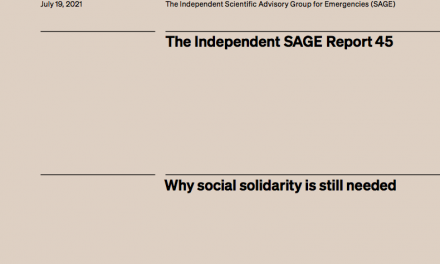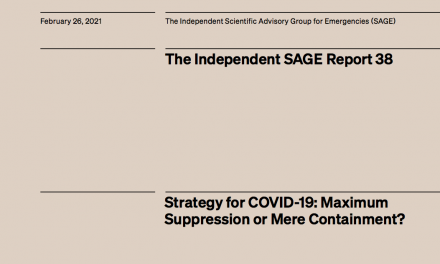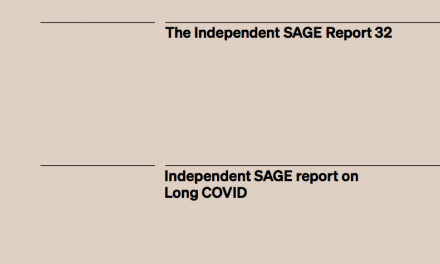COVID-19 will likely remain in circulation for many years. Nevertheless, in the absence of widespread and sustainable population immunity (generated through vaccination), we advocate a strategy which aims to minimise new transmissions as much as possible, aiming for Zero COVID. If we want to avoid further damaging lockdowns, we need a wider testing strategy than at present, in combination with fast and effective isolation with support for those affected, and other public health interventions. Given that about 50% of people infected remain asymptomatic—with younger people and children even more likely to be so —it is self-evident that identification of asymptomatic individuals may contribute to such a strategy, although any such approach should focus on those at highest risk, on top of capturing all symptomatic individuals.
Of crucial importance is to view testing as a pathway, starting with the individual, community, or population being tested, through to an intervention based on a result. The “NHS T&T“ system is flawed, with an illogical focus on numbers tested, inadequate contact tracing, and increasing evidence that only a low proportion of those asked to isolate for 14 days are able to do so.
This document focuses on how best to optimize and develop the current testing environment. In essence, there are three core purposes to testing, which are not mutually exclusive:
- Diagnose COVID disease in symptomatic individuals – for clinical management (providing treatment if
required) and infection control (self-isolation of newly infected people). - Identify infection in close contacts of cases – for infection control (ensuring that contacts of cases
self-isolate whether symptomatic or not, while allowing non-infected contacts to be released from
isolation) and possible clinical management (providing treatment if symptoms worsen). This process
particularly protects those vulnerable to severe infection. - Identify infection within communities – to instigate public health measures at community level (e.g.,
impose restrictions to increase social distancing and other hygiene measures if levels of infection are rising). This will also be an important way of identifying levels of infection in people without symptoms.
In all cases, data capture, linkage, and accessibility (including rapid access to data by primary care physicians) are critical to effectiveness of the testing pathway. Further, all testing pathways have limitations, for instance, test performance, and these should be considered prior to implementation.





